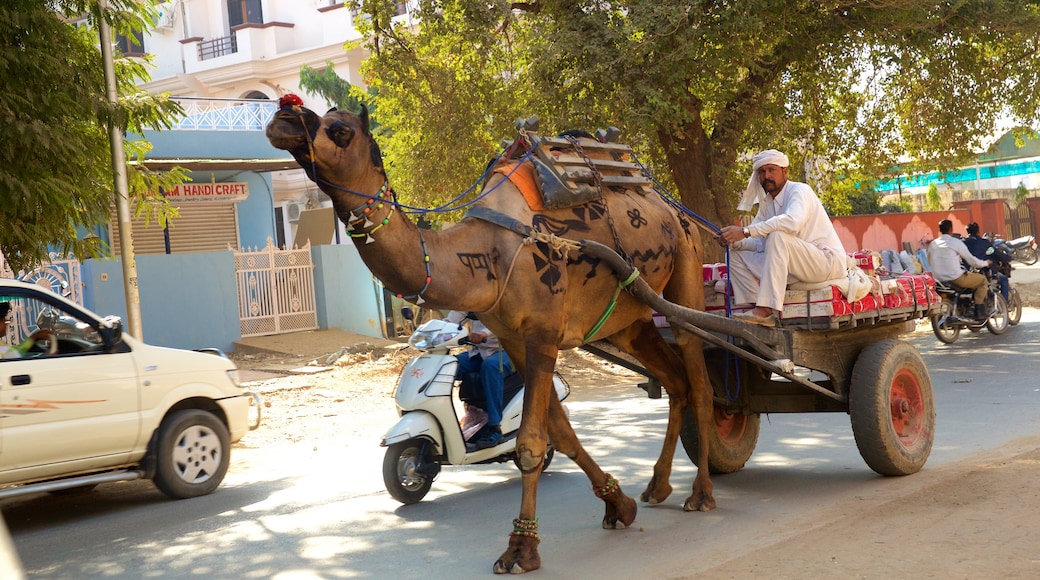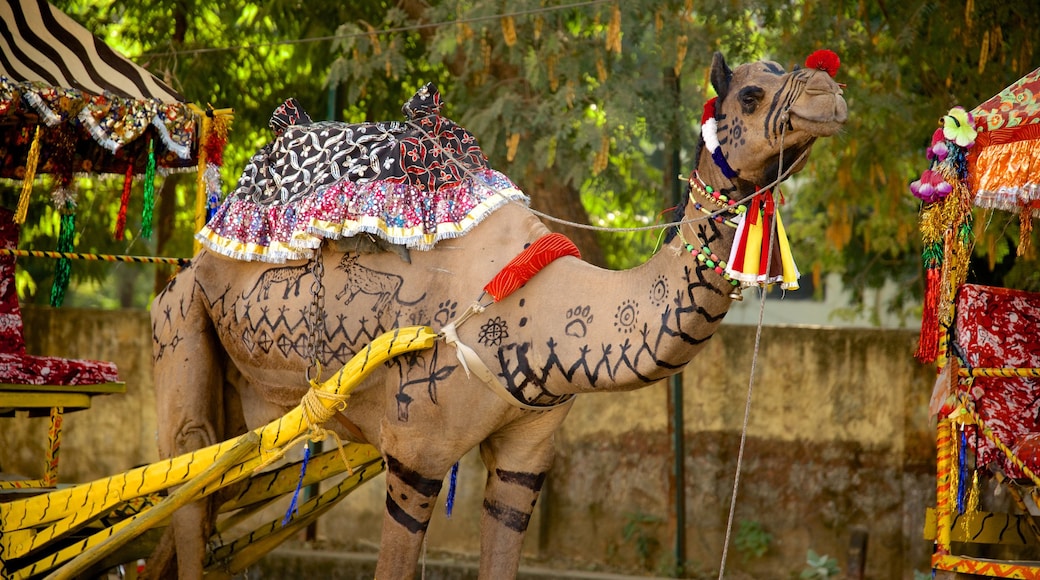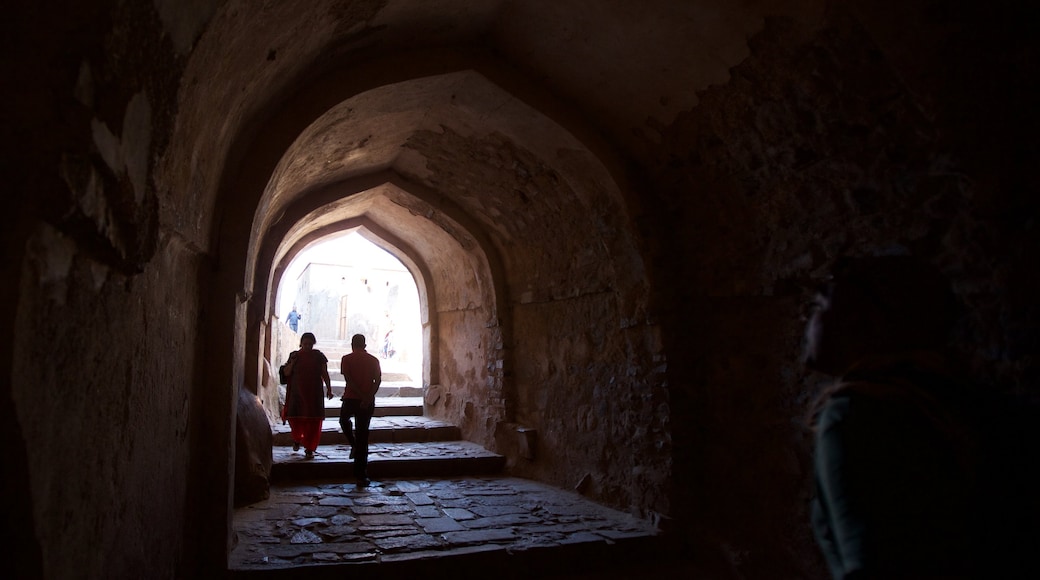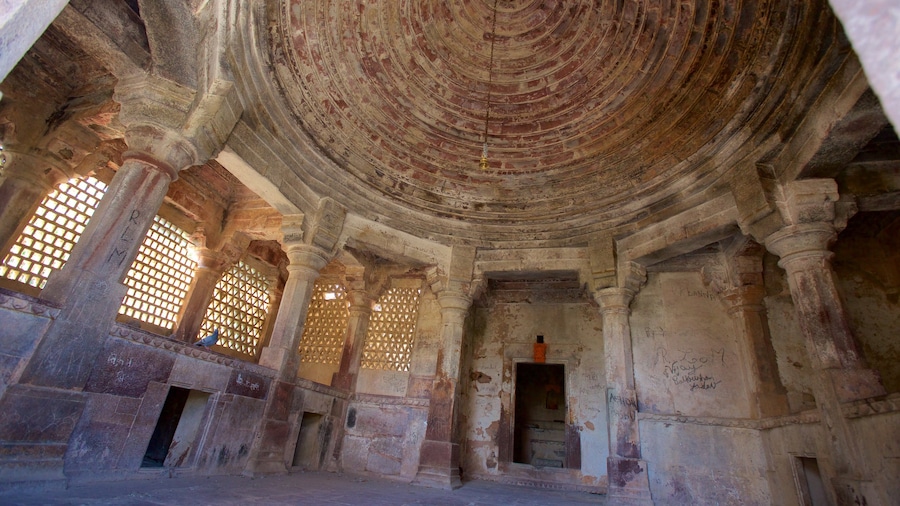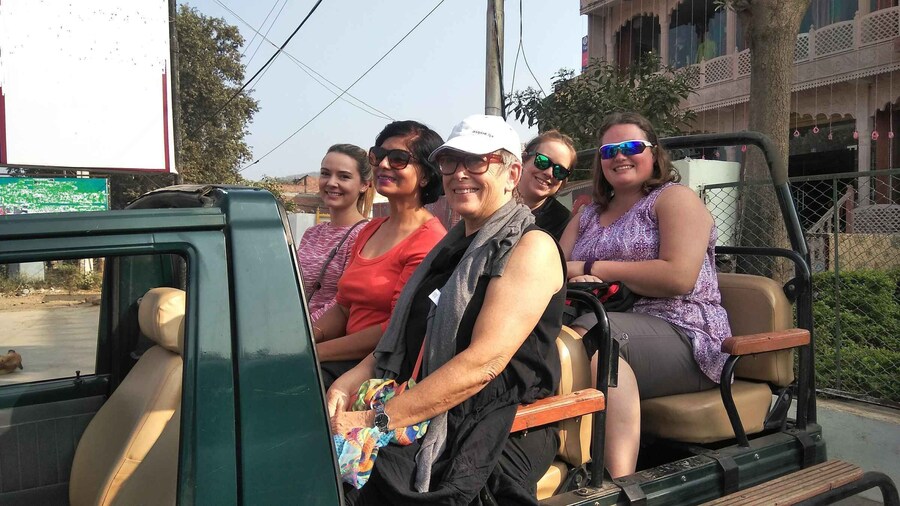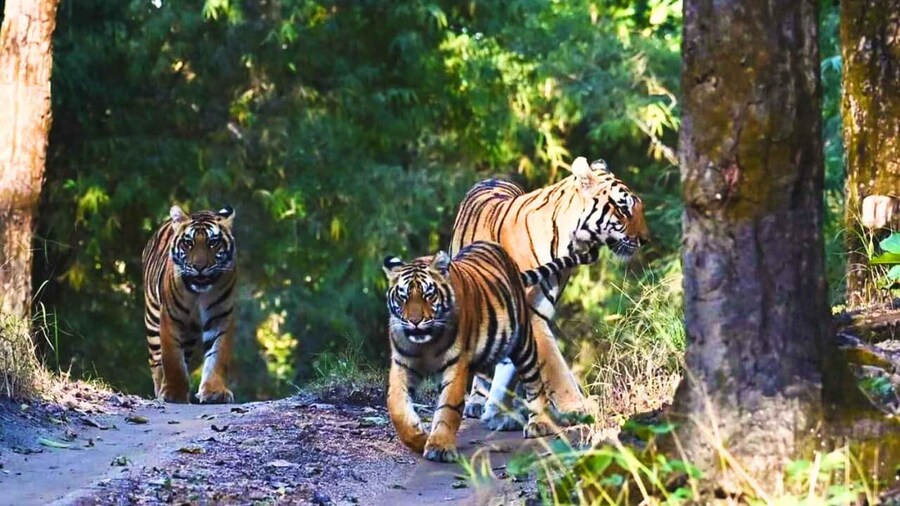This sleepy city in eastern Rajasthan is a place to visit interesting temples and explore the magnificent Ranthambore National ParkOpens in a new window.
Impressive temples, myriad wildlife and jeep safaris await at Sawai Madhopur. This easygoing city sits toward the eastern border of the state of Rajasthan, surrounded by mountains of the Aravalli Range. It dates back to the 1760s and takes its name from Sawai Madho Singh I, a former maharaja of Jaipur. Visit Sawai Madhopur as the gateway to Ranthambore National Park, one of India’s finest tiger-spotting locations.
Sawai Madhopur’s city center is a compact area dominated by a busy bazaar. Clothing, cookware, fabrics and jewelry fill the shops while street hawkers offer chai tea and snacks. Find the major attractions away from the center. Tuk-tuks wait eagerly to take visitors to them. See picturesque temples, including Chamatkar Jain Temple, Kala Gauraji and Chouth Mata Temple.
Learn about the region’s natural history at the Rajiv Gandhi Regional Museum of Natural History. Browse the handicraft stalls and artisan workshops of the nearby Shilpgram Museum.
The highlight for many is the chance to explore Ranthambore National Park, a 30-minute drive from the city center. Join open-top jeep and bus tours in search of the rare Bengal tiger. Watch for black bucks, crocodiles, Indian flying foxes, leopards and wild boar, among other animals. Spot more than 250 bird species at pretty lakes including Padam Talab and Raj Bagh Talao.
While in the park, visit the formidable Ranthambore Fort. Strewn around this 8th-century fort are ruined palaces, centuries-old temples and elegant pavilions. Investigate the Ganesh Temple, which hosts a colorful celebration for Ganesh Chaturthi, the birthday of Lord Ganesh in August or September. Vistas offer breathtaking views of lotus-filled lakes, dramatic cliffs and forested valleys.
Reach Sawai Madhopur easily via buses and trains from AgraOpens in a new window, JaipurOpens in a new window, Jodhpur and New DelhiOpens in a new window. Select from a range of accommodations scattered along the road between the city and Ranthambore National Park. Avoid monsoon season and visit between October and June, when the national park is open for tiger-spotting safaris.
